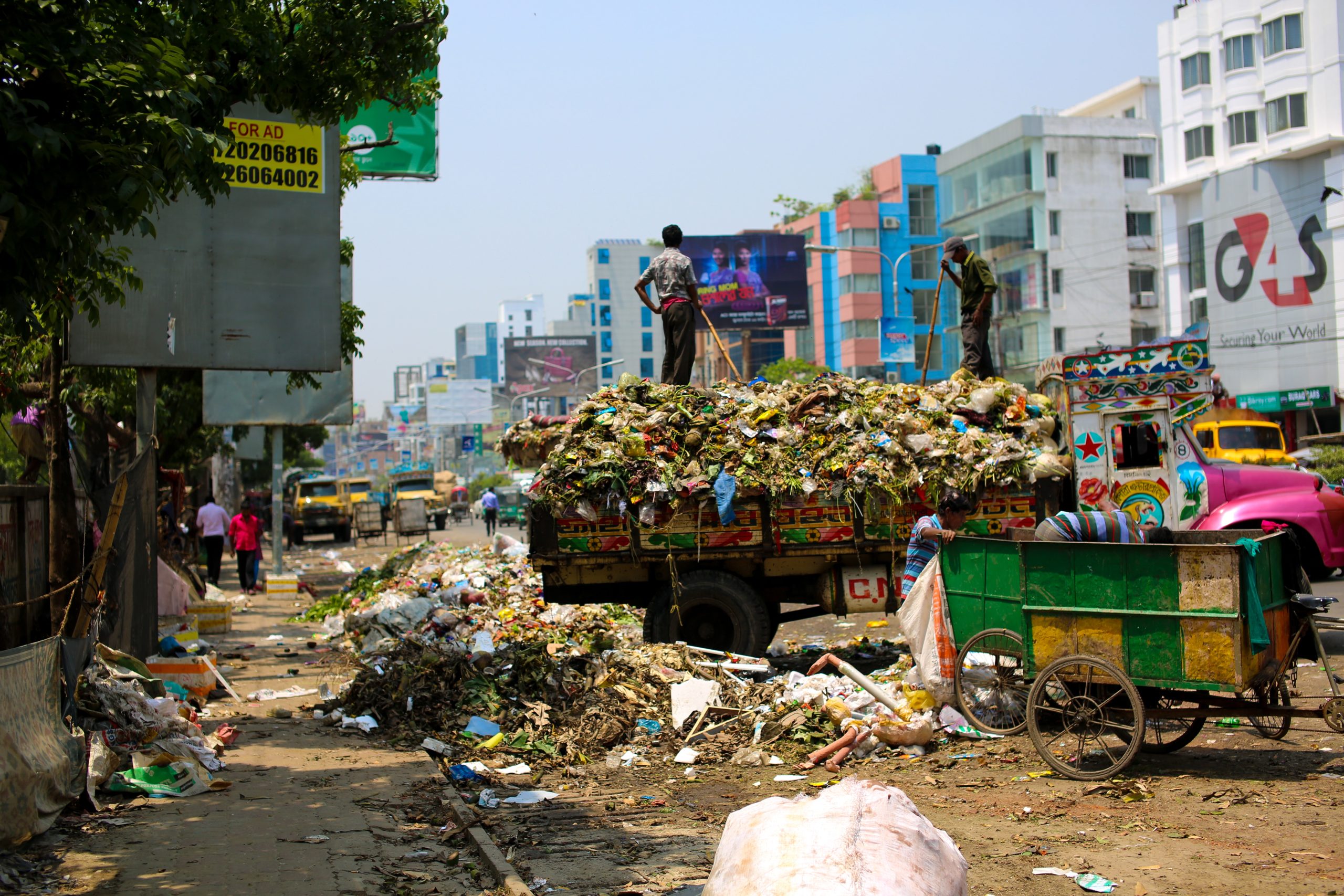With rising natural disasters and the effects of climate change, communities and governments alike are looking toward nature-based solutions to enhance resilience. Such innovative approaches put the power of nature at the forefront of reducing disaster risks and building a more sustainable future for all.
What are Nature-Based Solutions?
Nature-based solutions use natural processes and ecosystems to handle various challenges, including disaster risk reduction and climate change adaptation. They work with nature rather than against it by promoting biodiversity, restoration of ecosystems, and good land management practices.
Advantages of nature-based solutions
- Disaster Resilience: Restorative nature-based solutions, such as the restoration of wetlands and the planting of mangroves, enhance other green infrastructures that reduce the impact of disasters like floods, storms, and landslides by acting as buffers—absorbing extra water and slowing erosion.
- Climate change adaptation: Restoring degraded ecosystems and conserving biodiversity, nature-based solutions help sequester carbon, mitigate the impacts of climate change, and enhance the resilience of communities to extreme weather events.
- Cost-effectiveness: Nature-based solutions, in contrast to traditional grey infrastructure, mostly have lower maintenance costs and offer several advantages that positively affect communities and ecosystems in the long run.
- Co-benefits for communities: Nature-based solutions can generate jobs, enhance the quality of life for communities, and have the potential to contribute to sustainable development. Health co-benefits include air and water quality enhancement, amongst others.

Examples of nature-based solutions
- Green roofs and green walls: One design built into buildings within urban areas to help them fight the urban heat island effect and reduce the risk of flooding is the use of green roofs and green walls. They absorb rainwater, provide insulation, and increase urban biodiversity.
- Reforestation and afforestation: Trees and restored forests reduce the likelihood of landslides, erosion, and floods. A healthily forested area acts like a natural sponge that can soak up the water and stabilize slopes.
- Nature-based flood management: Restoring natural floodplains and wetlands, as well as using permeable pavements and other green infrastructures, could make a very large difference to the absorptive capacity for excess water and help reduce the impact of floods on communities.
- Mangrove restoration: Mangrove forests act as a natural barrier against storm surges, protecting the coastline from erosion and hosting important marine wildlife. The restoration of mangrove ecosystems increases coastal resilience while fostering livelihoods in coastal communities.
Nature-based solutions represent a far more sustainable and efficient means of developing disaster and climate change resilience. Restoring ecosystems through work in harmony with nature can help ensconce communities better for resilient and sustainable development into the future.
Related articles: https://www.gfdrr.org/en/nbs
https://ecofriendmagazine.com/climate-change-strategie-mitigation-adaptations-and-resilience/




